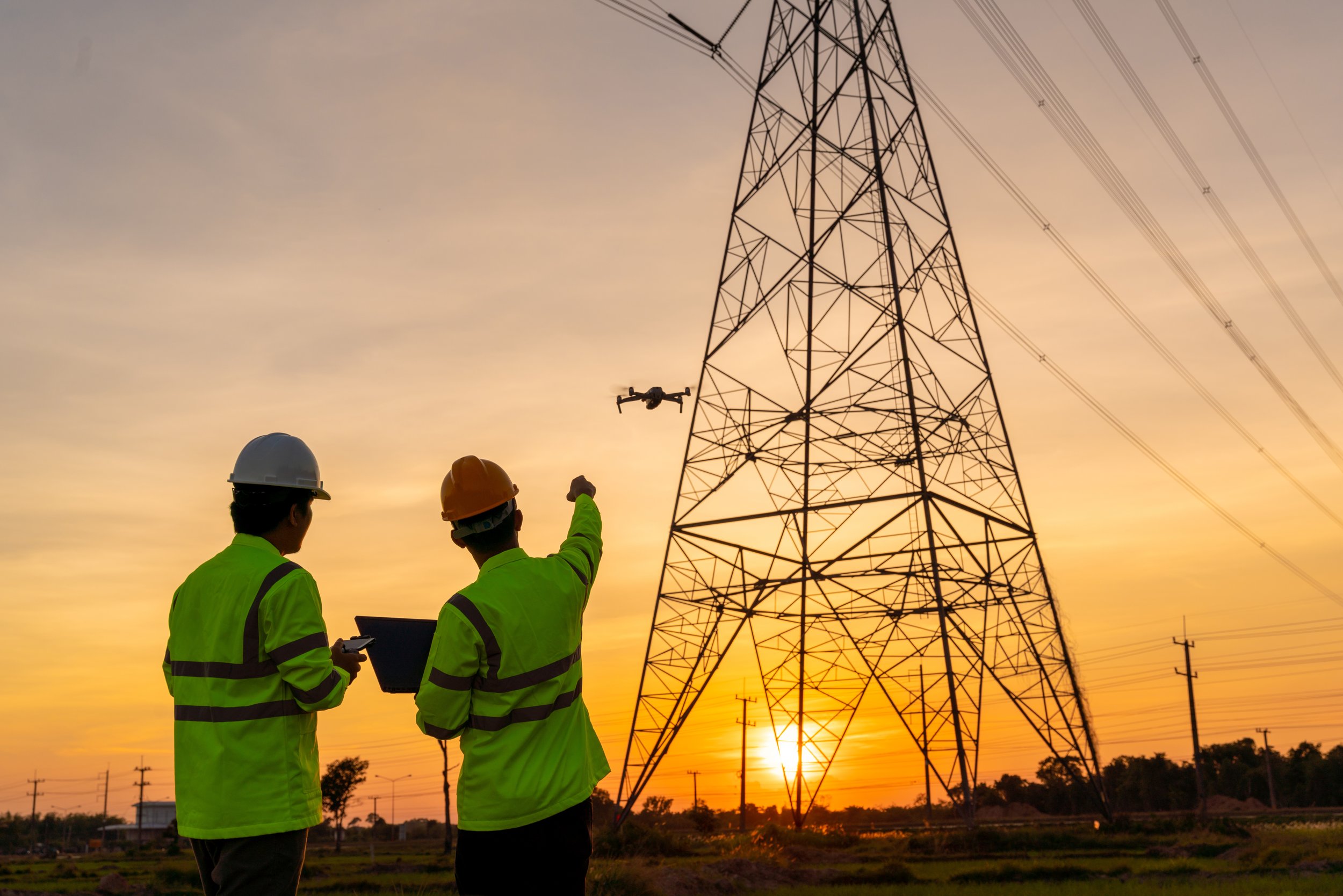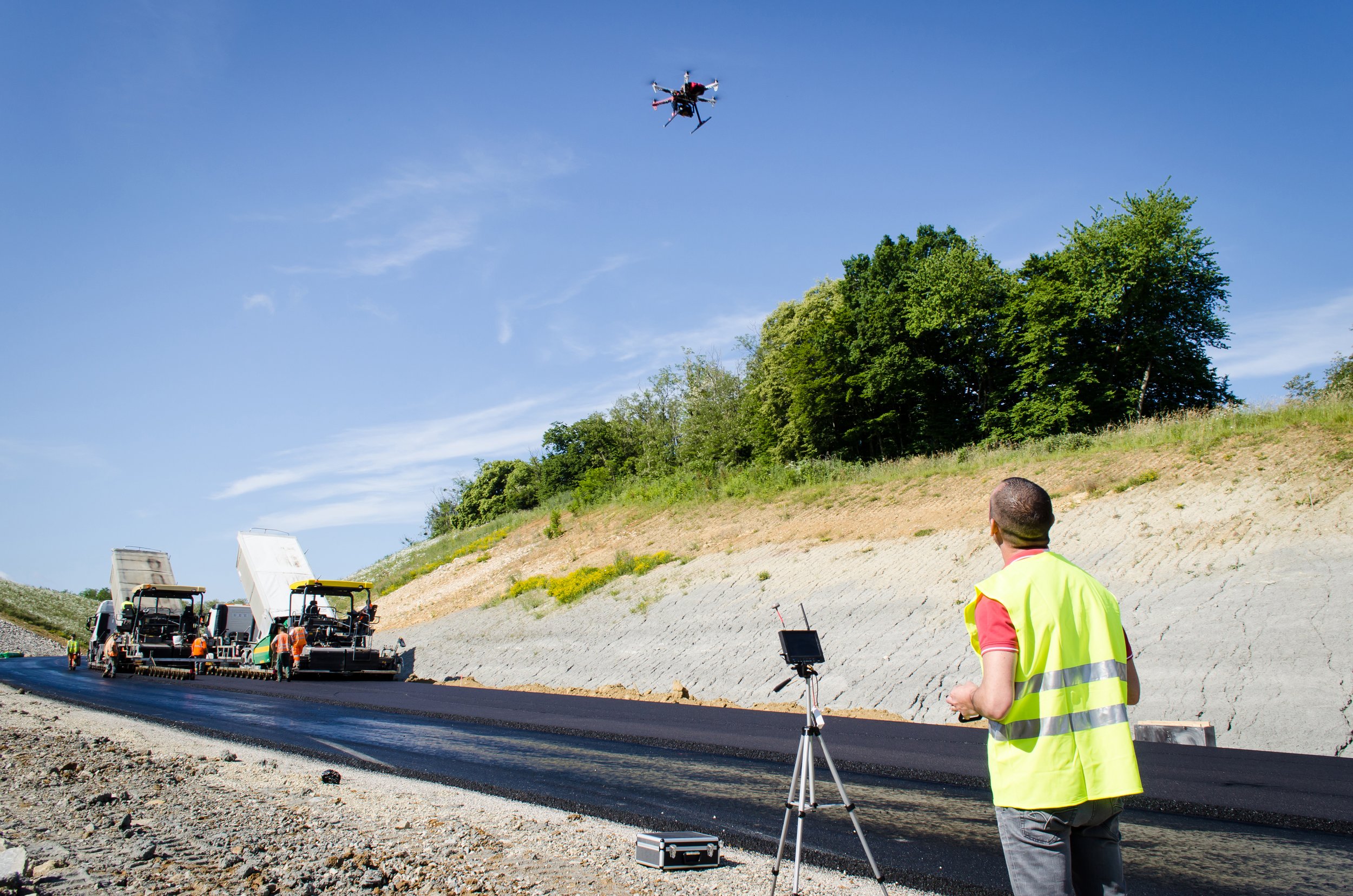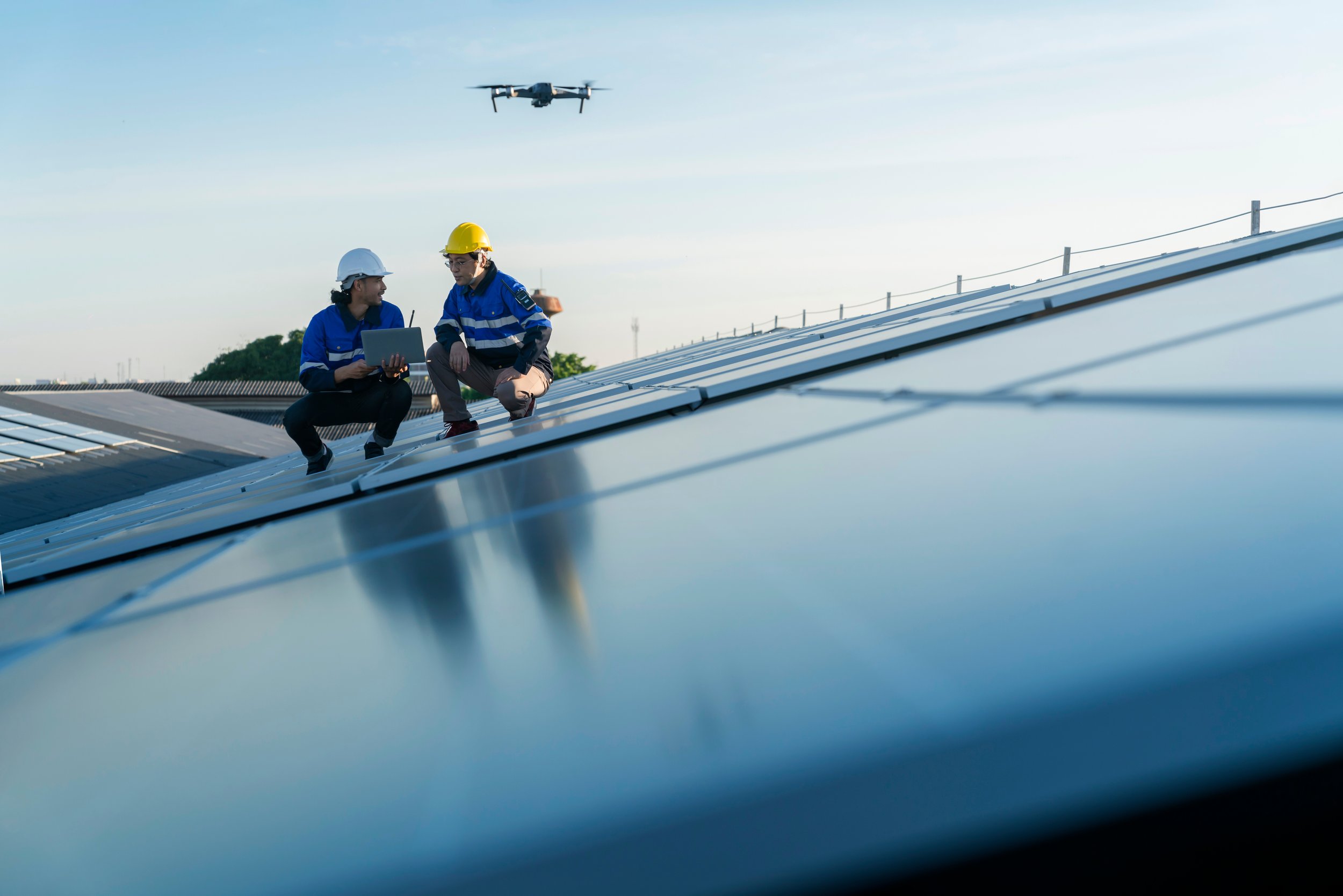In the era of advanced technology, the concept of digital twins has revolutionized the management of industrial assets. By creating virtual replicas of physical assets, businesses can gain valuable insights for monitoring, maintenance, and decision-making. Drones have emerged as a powerful tool in creating digital twins, offering efficient data collection and modeling capabilities.
Explore the technology behind digital twin creation with drones, the benefits it offers for industrial asset management, and the step-by-step processes involved. Digital twins have found applications across various industries, including manufacturing and infrastructure management.
Related Articles:
Technology for Digital Twin Creation With Drones
Drone imaging technology is an integral part of the creation of digital twins. Drone cameras equipped with RGB (Red, Green, and Blue) technology, thermal imagery, or Light Detection and Ranging (LiDAR) sensors can capture detailed and precise data from various angles and heights. These technologies can gather high-resolution images, thermal pictures identifying heat signatures, and 3D range data.
Drones can capture aerial views of an entire site in a single flight, generate topographical maps, and access hazardous or hard-to-reach areas. Some drones are even equipped with multi-sensor payloads, allowing for the simultaneous capture of varying types of data, which can be instrumental in creating comprehensive digital twins.
Data Processing and Modeling for Digital Twin Creation
After the drone has collected the necessary data, it undergoes processing and modeling to create the digital twin. The collected data is then manipulated using sophisticated software into a three-dimensional model replicating the physical asset in a virtual environment.
To ensure accuracy, the raw drone data undergoes a correction process, which includes georeferencing and orthorectification. This ensures that the data aligns with real-world coordinates and is free from distortions. The resultant 3D models can serve as an accurate visual representation and incorporate interactive elements that display real-time data or simulate possible scenarios.
Data processing and modeling technologies also enable the creation of detailed digital layers, where different kinds of data (structural, material, thermal, etc.) can be overlaid to provide a holistic view of the asset. This multi-layered approach facilitates comprehensive analysis and in-depth understanding, further optimizing asset management through the power of digital twin technology.
Benefits of Digital Twins for Industrial Asset Management
The integration of drone technology in digital twin creation has yielded a myriad of benefits to industrial asset management. This method allows for closer monitoring and predictive maintenance of assets, as well as heightened safety and risk management.
Improved Asset Monitoring and Predictive Maintenance
Digital twins offer a real-time view of physical assets, enabling constant monitoring of their condition. This real-time data can be analyzed to determine patterns and predict potential breakdowns or performance issues. With predictive maintenance powered by digital twins, businesses can mitigate interruptions due to unexpected equipment failure, thus resulting in cost savings and increased productivity.
For instance, a manufacturing facility's digital twin of a production line can monitor operational performance in real-time. Upon detection of any irregularities, leadership teams can promptly adjust production schedules and maintenance plans, preventing costly downtime and ensuring smooth production flow.
Enhanced Safety and Risk Management
Apart from operational efficiency, digital twins also significantly contribute to industrial asset safety and risk management. Drones can access potentially hazardous areas, capturing data without risking human safety. The timely and accurate data obtained aids in early risk detection and informed decision-making, ultimately preventing accidents and improving workplace safety.
The digital twin technology also allows for virtual scenario testing. Businesses can run different risk scenarios on the digital twin without causing actual harm or disruption to operations. This capability is invaluable for risk management and emergency planning, and it has potential applications across various sectors, from factories and power plants to infrastructure management.
Digital twin creation with drones enhances industrial asset management by enabling proactive and data-driven decision-making, increasing operational efficiency, and improving safety standards. As the digital world continues to evolve, the benefits of digital twins are likely to expand, offering organizations even more potential for growth and innovation.
Applications of Digital Twins in Different Industries
The innovative combination of drone technology and digital twins has found diverse applications in several industries. These sectors range from manufacturing and production facilities, where efficiency and regular maintenance are essential, to infrastructure and utilities management, which require comprehensive asset monitoring and risk assessment.
Use Cases in Manufacturing and Production Facilities
In manufacturing and production facilities, digital twins provide actionable insights for enhanced operational efficiency and predictive maintenance. Drones can rapidly capture data on the status of production lines, machinery, and equipment, feeding this information into the digital twin model for real-time analysis.
For example, drones can conduct periodic inspections of production lines, identifying potential issues such as bottlenecks or malfunctioning equipment. The digital twin can help visualize these issues, allowing for swift resolution and minimization of production downtime. In addition, digital twins can help monitor energy usage, raw material consumption, and other factors impacting environmental sustainability, streamlining the decision-making process for resource optimization.
Implementation in Infrastructure and Utilities Management
Equally compelling is the application of digital twins in the fields of infrastructure and utilities management. Whether monitoring the structural integrity of bridges or tracking operations in a power plant, digital twins allow for real-time, detailed tracking of these large-scale assets.
Drones can undertake routine checks of infrastructure assets, capture detailed data from all angles and heights, and even access hazardous or hard-to-reach areas. This data is then integrated into the digital twin, offering a complete and up-to-date overview that can be used to assess asset health, identify risks, and support maintenance planning. This implementation enhances vital infrastructure assets' safety, reliability, and lifespan, contributing to improved public safety and service continuity.
These examples highlight the transformative power of digital twin creation with drones, capable of improving operational efficiency, boosting productivity, and enhancing safety across various industries. As technology continues to advance, the potential applications for digital twins will continue to grow, promising exciting prospects for businesses.
Creating a Digital Twin: Step-by-Step Process
Creating a digital twin with drones involves a systematic process, starting from planning the drone data collection to processing the data and integrating it into digital twin models.
Planning the Drone Data Collection
The first step is to plan the drone data collection carefully. This involves defining the drone's flight path, which is determined by various factors such as the size and shape of the asset, the required level of detail, and environmental conditions. The type of sensors to be used, such as RGB cameras, thermal sensors, or LiDAR, is also decided based on the nature of the asset and the data needed.
The drone’s flight plan is programmed into its autonomous navigation system, allowing it to fly the predetermined path and capture comprehensive data on the physical asset efficiently and accurately.
Data Processing and Integration into Digital Twin Models
Once the data collection process is completed, the next step is data processing and integration into the digital twin model. Using advanced software, the raw data is transformed into a 3D model that is a replica of the physical asset.
Each piece of data is meticulously processed, corrected for any distortions, and georeferenced to align with real-world coordinates. The resulting 3D model not only provides a visual representation of the asset but also incorporates interactive elements displaying real-time data, which can be used for predictive maintenance and risk management.
Considerations for Implementing Digital Twins with Drones
While digital twin technology offers immense benefits, there are important considerations when implementing it using drones.
Regulatory and Privacy Considerations
As drones involve aerial operations, businesses must comply with national and local aviation regulatory norms. Obtaining the necessary permissions from aviation authorities, respecting privacy laws, and ensuring safe operations are crucial.
Cost and Resource Implications
Implementing digital twin technology using drones also involves cost and resource implications. While the technology can offer significant returns on investment through improved asset management and operational efficiency, companies need to consider the upfront costs for drones, sensors, software, and training personnel.
Create a Digital Twin With the Help of ProAerial Media LLC
Digital twins, created using drones, are revolutionizing industrial asset management by offering real-time monitoring, predictive maintenance, risk management, and safety enhancement. Industries ranging from manufacturing to infrastructure management are leveraging this innovative approach to optimize their operations.
Local municipalities, government agencies, and SMBs are encouraged to explore digital twin creation services for improved asset management. For professional digital twin creation services using drones, contact ProAerial Media LLC. With the power of digital twin technology, companies can achieve new operational efficiency, safety, and productivity levels.
ProAerial Media provides aerial photography and video for both residential and commercial real estate, commercial and industrial real estate, as well as other custom solutions like site surveying and inspections, or special events. Subscribe to our YouTube Channel to see our video work, and our Instagram feed to view our photography (@proaerialmedia). If you’re ready to fly, you can always book a flight from the ProAerial Media Website.
Thanks for reading. Take Flight. Take Pics. Get Clicks.




